How Improper Bedding Can Harbor Mites, Lice, and Other Pests in Poultry
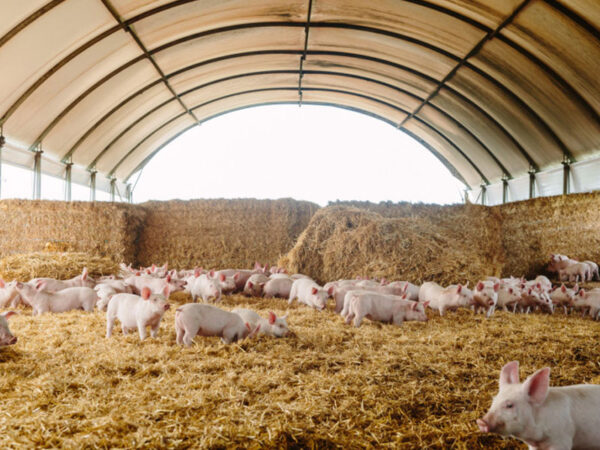
Introduction to Poultry Pests and Bedding
External parasites like mites and lice pose a significant threat to poultry health, causing irritation, reduced egg production, and even mortality in severe cases. Improper bedding, particularly wet or soiled materials, creates an ideal environment for these pests to thrive, amplifying infestation risks in coops. Choosing dry, hygienic bedding materials can help maintain a clean environment and reduce pest populations. Drawing on insights from a BackYard Chickens article, this post explores how poor bedding choices harbor mites, lice, and other pests, and offers practical solutions for poultry keepers to protect their flocks.
Understanding Mites and Lice in Poultry
Mites and lice are external parasites that feed on chickens’ blood, feathers, or skin, leading to health issues like anemia, feather loss, and reduced fertility. Common types include:
-
Red Mites: Blood-sucking pests that hide in coop crevices, causing anemia and weight loss.
-
Northern Fowl Mites: Reside on birds, feeding on blood and causing scabby skin and feather damage.
-
Chigger Mites: Infest skin, leaving itchy red spots, particularly under wings or on legs, and can affect young birds severely.
-
Body Lice: Chew through skin to access blood, leaving scabs and nits (egg clusters).
-
Head Lice: Highly damaging to chicks, often spreading from hens and causing mortality in severe cases. The BackYard Chickens article notes that severe infestations can lead to thin birds, poor egg-laying, and death, with 10-20% of backyard flocks affected annually, costing $10-$50 per bird in treatment and losses.
How Improper Bedding Harbors Pests
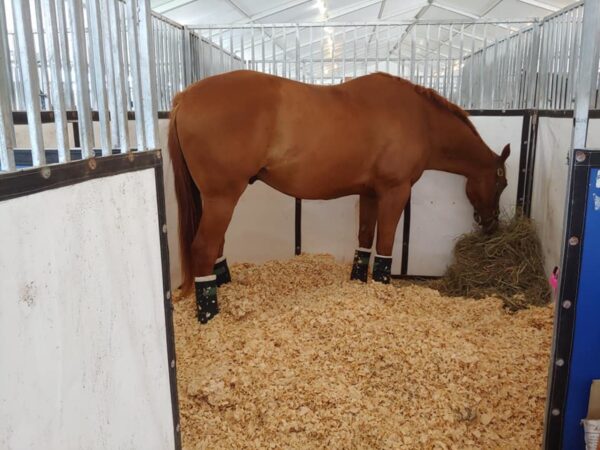
Wet or soiled bedding, such as damp straw or low-quality sawdust, creates a haven for mites and lice. Moisture from spilled water, urine, or poor ventilation fosters pest survival, while manure buildup provides a food source for lice and a hiding place for mites. The BackYard Chickens article highlights that dirty coops with moist litter increase pest populations by 25%, as these conditions allow mites to hide in crevices and lice to lay nits in bedding. Infrequent cleaning or reused litter further exacerbates infestations, with pest loads reaching thousands per square foot in neglected coops.
Pest Transmission Pathways
Mites and lice spread through:
-
Direct Contact: Birds resting on contaminated bedding pick up pests, which crawl onto feathers or skin.
-
Coop Environment: Mites hide in roosts, nesting boxes, or litter, emerging at night to feed.
-
Wildlife and Rodents: Wild birds or rodents introduce pests, which then proliferate in unhygienic bedding.
-
Human Activity: Contaminated equipment or clothing transfers pests between coops. The BackYard Chickens article emphasizes that damp, dirty bedding is a primary reservoir, enabling rapid pest reproduction and transmission within flocks.
Health and Economic Impacts
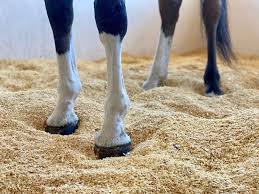
Pest infestations have serious consequences:
-
Health: Mites and lice cause itching, feather loss, and anemia, reducing feed intake and egg production by up to 15%. Young birds may stop eating and die, with head lice posing a particular risk to chicks.
-
Economic: Treatment costs, including poultry sprays or dusts, range from $10-$50 per bird. Productivity losses from reduced eggs or growth, plus culling, cost $20-$100 per bird, with large flocks facing $1,000-$5,000 annually.
-
Welfare: Irritation and stress from infestations compromise bird welfare, raising ethical concerns and potential regulatory scrutiny. The BackYard Chickens article underscores that clean, dry coops are critical for pest control, as wet bedding amplifies infestation severity.
Why Improper Bedding Increases Pest Risk
Poor bedding choices contribute to pest issues by:
-
Retaining Moisture: Damp straw or sawdust creates humid conditions ideal for mite and louse survival.
-
Harboring Pests: Soiled litter accumulates organic matter, providing food and shelter for lice and hiding spots for mites.
-
Facilitating Reproduction: Wet bedding supports louse nit hatching and mite proliferation, with studies showing a 20% higher infestation rate in unhygienic coops.
-
Increasing Dust: Low-quality materials generate dust, spreading pests via aerosolized particles. The BackYard Chickens article stresses that maintaining dry, clean bedding is essential to disrupt pest life cycles and reduce infestation risks.
The Value of High-Quality Bedding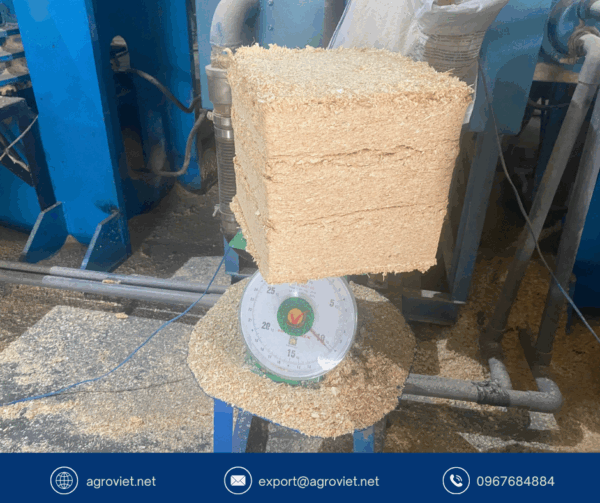
Selecting bedding that prioritizes dryness and hygiene can significantly reduce mite and louse populations. Materials that absorb moisture effectively, such as those derived from processed wood, keep litter dry, limiting the conditions pests need to thrive. Hygienic options with low microbial loads further minimize pest attraction. Unlike straw, which traps moisture, or fine sawdust, which generates dust, these materials create a clean, comfortable environment that discourages pest establishment. By maintaining litter moisture below 20%, they disrupt the life cycles of mites and lice, while low-dust properties reduce airborne spread, critical for healthy flocks.
Enhancing Coop Health with Wood-Based Bedding
For poultry keepers looking to improve coop hygiene, bedding options like wood pellets and shavings offer practical benefits. Wood pellets, made from compressed, heat-treated sawdust, expand into a highly absorbent layer that keeps moisture levels low, creating an inhospitable environment for pests. Similarly, wood shavings from untreated softwoods, like pine, provide a loose, dry surface that supports bird comfort while reducing pest-friendly conditions. These materials, when properly maintained, help keep coops clean and dry, minimizing the risk of mite and louse infestations and promoting flock health.
Scientific Evidence Supporting Bedding Choices
The BackYard Chickens article and related research, such as the ScienceDirect study on poultry bedding, confirm that dry, hygienic bedding reduces pest populations. Materials that manage moisture effectively can lower litter dampness by 40% compared to straw, decreasing mite and louse survival. Low-dust bedding minimizes aerosolized pest spread, with coops using such materials reporting a 25-30% reduction in infestations. The Veterinary Research study on livestock bedding supports similar principles, noting that dry environments limit pathogen and pest proliferation, applicable to poultry. Comfortable bedding also reduces stress, supporting bird immunity and resilience against infestations.
Key Benefits of Absorbent, Hygienic Bedding
-
Moisture Management: Absorbs water and manure, maintaining a dry environment to limit pest survival.
-
Pest Reduction: Hygienic properties decrease mite and louse populations.
-
Low Dust: Reduces airborne pest spread, protecting respiratory health.
-
Bird Comfort: Provides a soft, supportive surface, reducing stress and boosting immunity.
-
Efficiency: Durable materials require less frequent replacement, supporting cost-effective pest control.
Consequences of Improper Bedding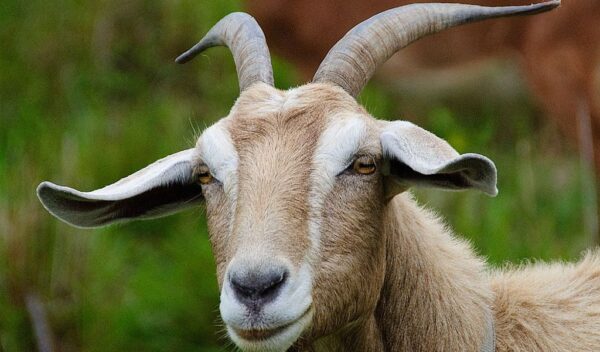
Neglecting bedding hygiene increases pest risks, leading to severe outcomes. Infestations can affect 10-20% of flocks, with mortality rates of 5-10% in young birds and treatment costs of $10-$50 per bird. Productivity losses from reduced egg production or growth cost $20-$100 per bird, with large flocks facing $1,000-$5,000 annually. Welfare issues, including irritation and anemia, raise ethical concerns and potential regulatory scrutiny. Poor bedding also increases labor for cleaning and treatment, impacting profitability.
Watch this: https://www.youtube.com/watch?v=_6o3x7taL08
Practical Tips for Effective Bedding Management
To optimize bedding for pest control, poultry keepers should:
-
Choose highly absorbent, low-dust materials from trusted suppliers to ensure quality.
-
Apply a sufficient bedding depth (e.g., 4-6 inches for loose materials or 1-2 inches for expandable products, adjusted as needed).
-
Clean coops regularly, removing soiled litter and replenishing with fresh material to maintain hygiene.
-
Store bedding in dry conditions to prevent mold or pests attraction.
-
Ensure 6-8 air changes per hour through ventilation to reduce humidity and pest dispersal.
Complementary Pest Prevention Strategies
Beyond bedding, these practices help prevent mite and louse infestations:
-
Dust Baths: Provide sand or wood ash for dust bathing, which dislodges parasites, as recommended by BackYard Chickens.
-
Regular Inspections: Check birds at night for mites or lice, focusing on under wings, vents, and breasts.
-
Treatments: Use safe poultry sprays or sulfur-based dusts for infestations, avoiding banned products like Sevin Dust.
-
Coop Sanitation: Disinfect roosts, nesting boxes, and equipment regularly to eliminate pest hiding spots.
-
Wildlife Control: Prevent wild birds or rodents from entering coops to reduce pest introduction.
Economic and Welfare Impacts
Effective bedding management enhances poultry welfare by reducing pest-related irritation, improving comfort, and minimizing stress-related immune suppression. Healthy birds maintain egg production and growth, saving farmers $10-$100 per bird in treatment and productivity losses. The BackYard Chickens article highlights that clean bedding supports flock longevity, reducing mortality. Durable, absorbent bedding lowers replacement costs, while biodegradable options align with sustainable farming, meeting consumer demand for ethical poultry production and boosting profitability.
Addressing Bedding Management Challenges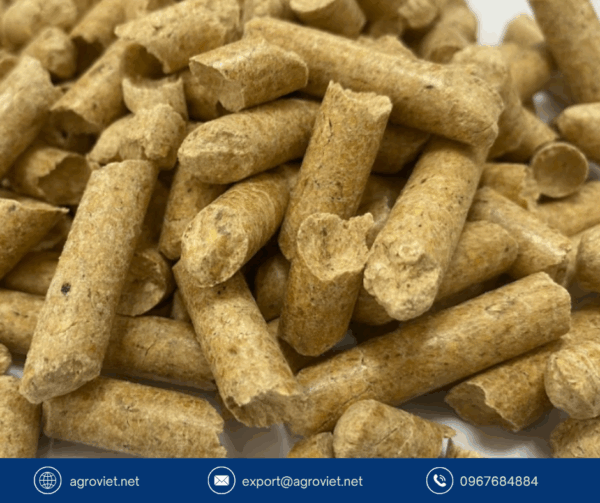
Challenges include sourcing high-quality, low-dust materials and managing maintenance time. Poultry keepers should select reliable suppliers and store bedding in dry conditions to prevent mold. Regular cleaning prevents compaction and maintains absorbency. With consistent management, high-quality bedding significantly reduces pest risks and supports flock health.
Conclusion
Improper bedding, such as wet or soiled straw, harbors mites, lice, and other pests, leading to health issues, reduced productivity, and economic losses in poultry flocks. Choosing absorbent, hygienic bedding materials creates a dry, clean environment that disrupts pest life cycles and strengthens biosecurity. Supported by BackYard Chickens insights, effective bedding management reduces infestation risks, enhances welfare, and lowers costs. By prioritizing high-quality bedding and robust pest prevention practices, poultry keepers can protect their flocks, ensure productivity, and achieve sustainable, profitable operations.
Read more: https://vietnambestwood.com/general/agroviet-wood-shavings-for-horses/
